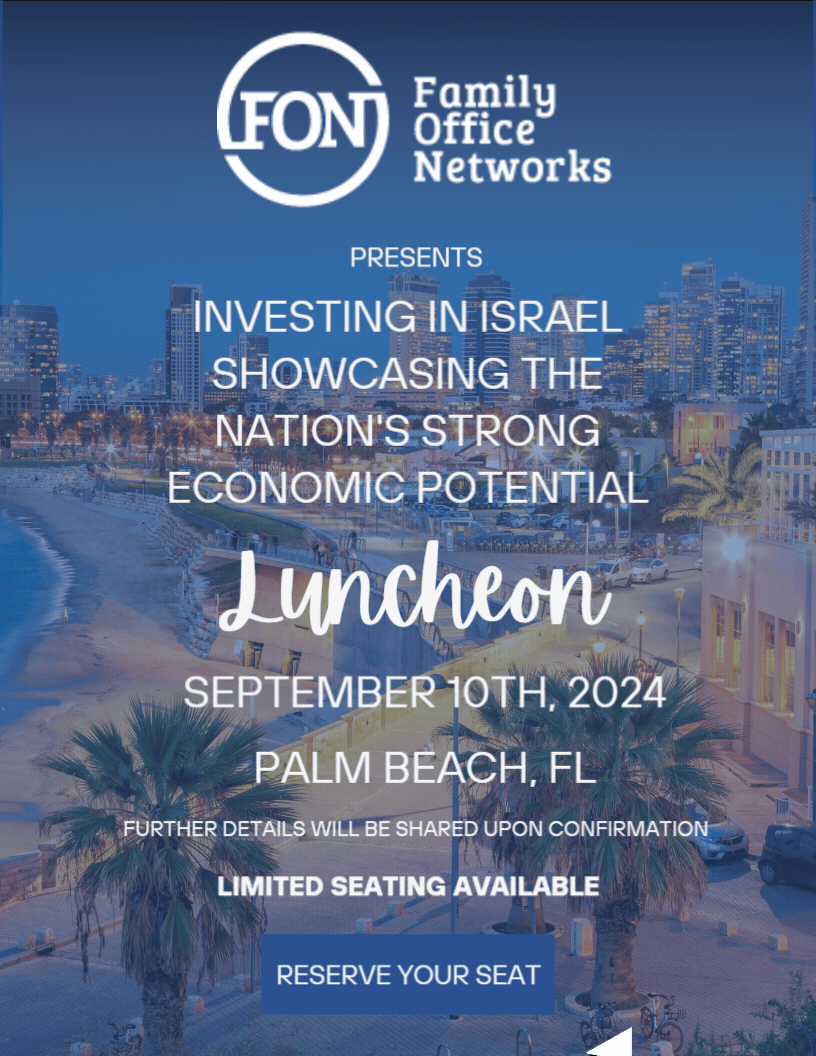
The Next Pandemic: Plan, Prepare, Protect
By John Loudon, President, Gonzalez Family Offices
Somedays it seems the world is on fire. And recently, it actually has been. Virus shutdowns. Riots. Protests. Economic uncertainty. Government overreach. In the midst of all this, we have to plan to for future. And for many of us, that’s not just financial planning these days, it’s survival planning.
In talking to various experts on the physical side of this type of planning, three key areas came to the surface. Planning, preparing and protecting. You plan for the worst-case scenario in your current location. You prepare to deal with the threats and survival needs that could occur at any location. And you have a place of protection, a place where you can retreat and survive long term if absolutely needed.
Plan
“When there is no gas. When the store is shut or food is rationed, it is too late to prepare,” says John Henderson, a professional trainer in pandemic and disaster preparedness. “Most people have normalcy bias. We expect tomorrow to be similar to today. What we train people to do is to plan for the day when everything changes, and tomorrow is a different world.”
According to Henderson, the initial focus should be on a 30-day survival plan. If you have to stay in your house for 30-days, you should have all the food, water and other items you need to survive and keep your family safe.
He recommends stocking up on non-perishables such as canned and dried goods and plenty of water. As a general rule you should have 1 gallon of water per person per day for the thirty-day period. This means for a family of 5, you would need 150 gallons. Water filters such as Big Berkey or hiking-style filters like Katadyn’s should be on your planning list also.
When it comes to medical supplies, you should go well beyond 30 days. You should have a 90-day supply of regular medications on hand at all times, along with crutches or joint braces just in case.
Home protection is absolutely essential to keep the unseen and the seen threats from entering your home. Deadbolts on all exterior doors and windows, plus old-style deadbolts at the top and bottom of every door. Plastic to seal doors and windows in case of a chemical or biological situation, plus lots of duct tape. Steel hurricane blinds that roll down and are lockable from the inside are an added feature to strongly consider. Onsite security teams and high walls are also part of this first level of pandemic preparedness.
For the ultimate safe room, many people are also considering fallout shelters. Atlas Survival Shelters are one of the more popular designers out there, with prices starting at $450 a square foot. People like Henderson can assist with this process, and ensure you have a 30-day pandemic plan in place.
If you are unsure about the need to have a solid plan, try this exercise. On a Friday evening, turn off the power and utilities for your house and go through the weekend without them. Most people quickly realize just how dependent we are on our societal infrastructure.
Prepare
You also need to mentally prepare. Just a few months ago, if someone would have suggested that the government could shut down everything, close business, disrupt the supply chain, and force everyone to wear masks, we would have mostly considered them quite crazy. Today, this is what we have been experiencing.
The key, according to Henderson, is being trained so you know what to do in every scenario.
“You have to get outside your comfort zone and develop a basic level of self-reliance.”
He recommends training that covers firearms, pandemic preparedness, how to drive a vehicle in a panic situation, self-defense, first aid and CPR, how to purify water and much more. Basically, being mentally prepared and training for the worst-case scenario so that you can ensure your family’s survival.
“We live in a relatively safe society, but the layer of civility is relatively thin,” says Henderson. “We have to think about taking care of ourselves and be prepared to defend ourselves.”
You also should make sure you have PPE and know how to use it. Protection again chemical or biological agents is relatively simple but improper use can negate all of the benefits.
“There are ways to remove protective clothing to ensure that nothing on the outside gets on the inside or on you,” says Henderson. “And masks and gloves, if worn incorrectly, can make things worse rather than better. If you touch the inside of your mask with your hand, gloved or not, then everything you have touched is now on the inside of your mask and being breathed in. You have contaminated your PPE, and now the situation you find yourself in is worse than if you didn’t have any PPE.”
Basically, according to Henderson, train so when you need it you have the information in order to survive, avoid dangerous situations, and protect those you care the most about.
Protect
The final level of preparedness is protect. In the next pandemic, or societal violence, or worse, urban areas are some of the most dangerous locations to be. You need to plan for somewhere to escape to that is already set up to allow for long-term survival.
This can take many forms and ‘protect’ goes far beyond a secure home with 10-foot walls and a security team. If you are not in an urban setting, it could be the buried fallout shelter in your back yard, stocked with 2 weeks of supplies, to outlast a nuclear blast or regional violence that I have already mentioned. It could be an apartment in a former nuclear missile silo or a converted ammo storage facility stocked with a few months supplies. It could be as part of a planned resistant community that leverages community resources and the strength of a larger group to ensure security and continuity, or it could be an island retreat in the Caribbean or a bunker in New Zealand. All of these are real options that exist or are in development today.
For those with $10 million or more of initial funds to invest in your physical survival plan, the options are endless. Homes built to near absolute protection standards, with off-grid utility production, water purification, defense capabilities and more are on the table, and there are organizations that specialize in the design and implementation of these types of individual projects.
For those looking to invest at the $4-5 million mark, you can either go solo with an underground bunker in New Zealand, or you can take advantage of a high-end community approach. The Retreat, for example, is currently being developed in the Central US to allow residents from every corner of the continental US to reach there in four hours or less. Limited to 50 homes, the central core of the community is more like a resort with a golf course, swimming pools, and much more. Each home is stocked with 2-years of supplies, and the facilities onsite can produce more indefinitely. And all of it is accessible via an interconnected tunnel system to allow all-weather access to everything.
“For those living there for two months, or two years, or more if absolutely needed, it’s a rather comfortable way to survive societal collapse,” says Mark Sutherland, one of the developers behind The Retreat’s creation. “But for those outside the community, they will be faced with multiple levels of security and a trained defense force, and that’s if they can even locate the site in the first place.”
At the lower end of the market, you find the nuclear silo apartments ($1.5-$3 million) and bunker communities that fetch a price tag of under $100,000.
“It’s also important to evaluate those setups to ensure they provide an adequate level of medical care for longer periods, even if the supply chains are lost,” says Andrew Steele MD, president of Contingency Medical Training Institute. “That facility should be set up to meet the World Health Organization’s requirements to function as a regional or provincial hospital.”
The point stressed by the likes of Steele, Henderson and Sutherland is to be ready at all three levels of need. To plan for short-term sheltering at an existing residence, to prepare through training for numerous scenarios and needs that could arise, and to protect your family long-term by having a place to retreat to for a period of time until the situation improves and you can return home.
To basically know what you are going to do when everything falls apart, because today already looks different from yesterday.















